Nature reports
Page 64 of 68 - 675 Results
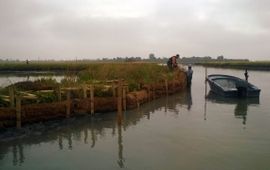
In the past 100 years 72% of the salt marshes of the lagoon of Venice was lost due to erosion. The EU LIFE VIMINE project successfully reduced erosion by creating biodegradable barriers of wooden fascines. Long-term protection is..
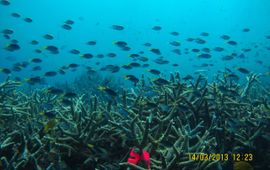
If the world continues with 'business as usual' CO2 emissions important reef building corals will suffer significantly by 2050 and die off by 2100. Increased CO2 makes some algae produce more potent chemicals that suppress or kill..
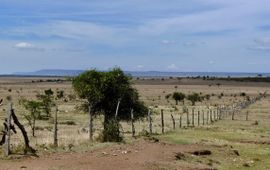
The Greater Mara is a 668,500 hectare natural area in south-western Kenya which is home to a unique variety of wildlife. But it is also home to the famous Masai tribe. New research shows that the area is gravely threatened by..
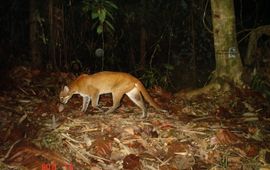
Southeast Asia is home to numerous felids, including the Asian golden cat and the bay cat. The two cat species are closely related sister species which split from each other 3.16 million years ago. Yet, their more recent history..
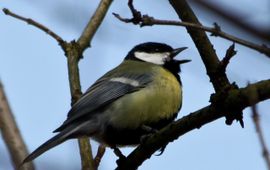
Birdsong is commonly assumed to have a dual function: attracting mates and repelling rivals; yet, these contrasting responses often remain untested in the field. Using a novel tracking system, researchers of Wageningen University..
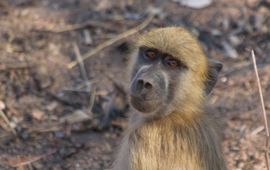
Primates are remarkable. We’re all familiar with chimpanzees, monkeys, and ring-tailed lemurs, but have you heard of tarsiers, with their big eyes? Or Cleese’s woolly lemur, named after John Cleese? Or the fabulous red-shanked..
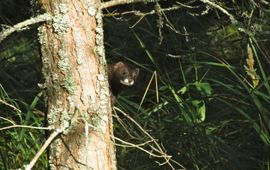
Mortality after reintroduction is a problem in conservation. Released animals may fail to find sufficient resources or experience high levels of predation. It is thus important to know which factors can predict survival...
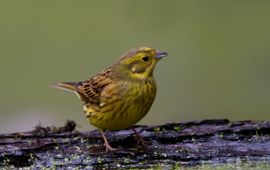
A new study reveals that yellowhammer dialects, that previously existed in the UK, can still be heard in birdsong overseas, shedding new light on the cultural evolution of birdsong. A citizen science project enabled scientists to..
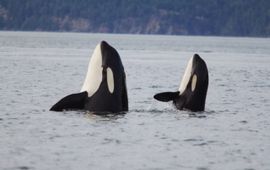
Why do some females not just reproduce until they die? As in humans, killer whale females go through a menopause and stop reproducing at a certain age. A new study by the Centre for Research in Animal Behaviour (CRAB) reveals that..
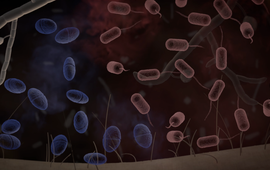
Tiny predators in the soil can literally sniff out their prey: soil bacteria, which communicate with each other using scent. A team of researchers from the Netherlands Institute of Ecology (NIOO-KNAW) has discovered that these..
